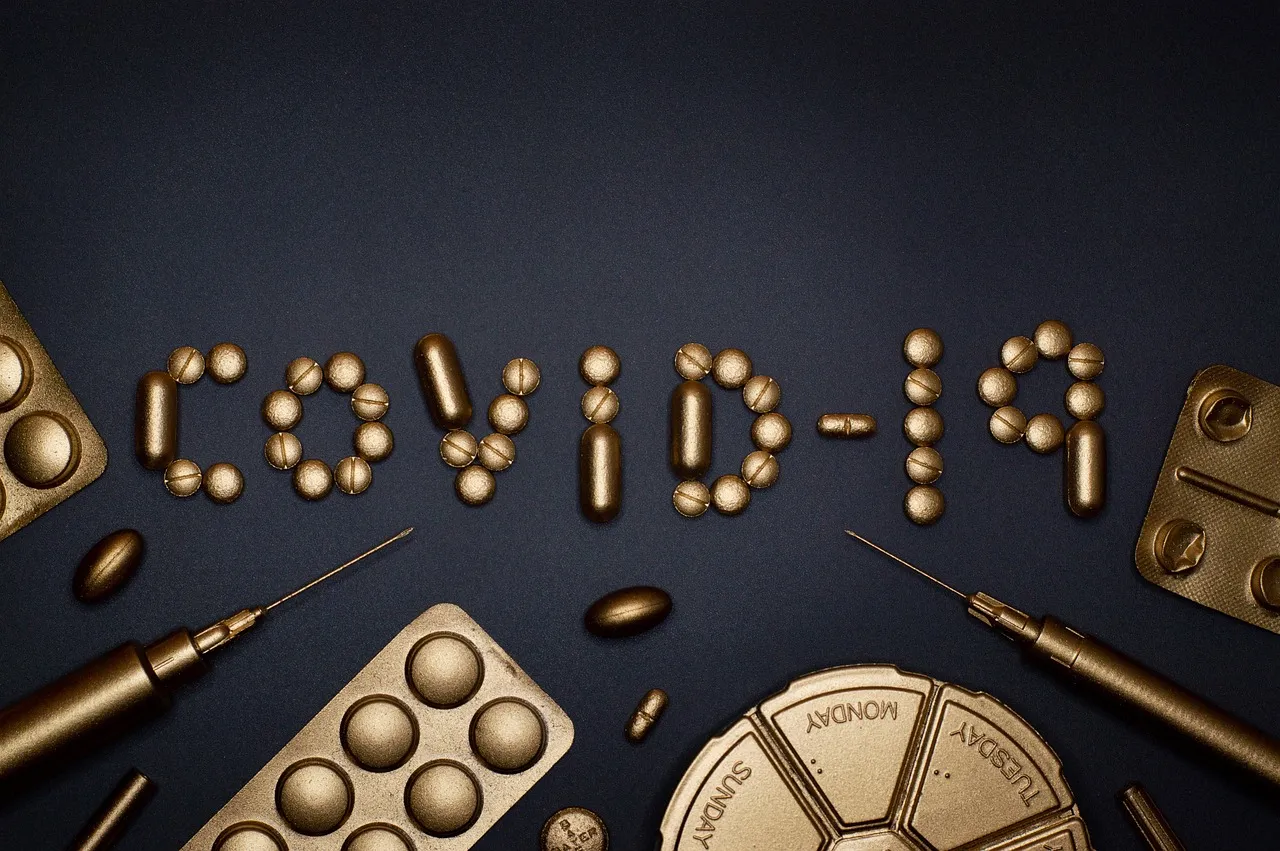
About a week ago, Nature published an overview over the SARS-CoV-2 vaccines currently being developed (1). SARS-CoV-2, for those who haven’t encountered this name before, is the virus that causes COVID-19.
While the mechanism of the vaccines is well-described in the original publication, I thought it may be useful to have a comparison at hand how the experimental vaccines are similar to ones we already use.
The info about the SARS-CoV-2 vaccines are based on the Nature news feature “The race for coronavirus vaccines: a graphical guide”.

Virus Vaccines
One option to train the immune system to recognise a specific virus is to bring it in touch with it. This naturally happens upon infection, but we generally want to avoid that from happening with a vaccine.
A weakened or inactivated virus does carry less or no risk of infection while still teaching the immune system what to look for. When a scientist speaks of an “attenuated” virus, they generally mean the weakened form used for a vaccine.
One very important vaccine containing weakened virus is the vaccine for yellow fever. It’s an haemorrhagic fever that can generally only be kept in check thanks to the vaccine (2).

Viral Vector Vaccines
The idea behind viral vector vaccines is to take a virus and give it a gene of the virus the vaccine is supposed to protect from. This gene should be for a protein that exists on the surface of the virus to protect against, so that the body can recognise it later.
Non-replicating viral vectors, as the name implies, do not replicate inside the body.
Replicating viral vectors enter the body’s cells and replicate. This does not lead to an infection because the virus used tends to be either weakened or not disease-causing. A good thing about viral vector vaccines is that they do not require an adjuvant (3).
An example for a replicating viral vector vaccine is the Ebola vaccine Ervebo. The viral vector is the vesicular stomatitis virus (4). This virus is similar to foot-and-mouth disease and, it it’s non-weakened state, infections to humans (5). For Ervebo, the normal surface protein of the vesicular stomatitis virus has been replaced with the Ebola virus surface protein (4).
The problem with this type of vaccine is that an existing immunity to the viral vector may make it less efficient (1).

Nucleic-acid vaccines
Nucleic acids can be both DNA and RNA. DNA is more commonly known, it’s the storage form of the genetic code for all living beings and some viruses. RNA is very similar, but in contrary to DNA it has only one strand (not two complementary ones), and there are some minor molecular differences that you don’t have to worry about right now. For some viruses, RNA is the preferred storage form for genetic information.
Humans have RNA too, in various forms. The most relevant one here is messenger RNA (mRNA). It is used to copy info from the DNA and then leave the nucleus. Outside the nucleus, the info from the RNA can be read by the so-called ribosomes, which then use it to build proteins for all kinds of stuff.
Nucleic-acid vaccines are brought into the cell (methods vary). They carry the information for the interesting surface protein – and only this protein. The cell then proceeds to produce this protein and exports it to the outside, where the immune system finds it and learns to recognise it.
So far, there are no licensed vaccines with this technology.
However, therapies involving nucleic acids have been used for a while, for example to interfere with DNA replication (6). Some DNA-based vaccines have already been approved for the use in animals and several studies have shown that DNA vaccines are generally safe. The main problem at the moment is that they are not very effective in creating immunity in humans, because it would need a lot of DNA to be injected with the current approach (7). One task to make DNA and RNA vaccines feasible is thus to overcome this problem.

Protein-based vaccines
Protein-based vaccines are a common type. They usually require adjuvants to guarantee that the immune system reacts the correct way to the proteins.
There are two types of proteins used: Protein subunits and virus-like particles.
Protein subunits are usually only a very specific part of the virus, like a specific surface structure. This structure is created artificially and then injected. An example is the vaccine against hepatitis B, which is produced in genetically engineered yeast. This yeast produces a surface structure specific to the hepatitis B virus (8).
Virus-like particles are basically the virus, but without any of its genetic information! The immune system is basically given an empty dummy to practice, without the danger of infection. Here, a recent example would be the HPV (human papillomavirus) vaccine. The virus can cause cervical cancer and genital warts, but the vaccine can reliably protect against several different HPV strains (9).

What’s the takeaway?
Several different types of vaccines by several different groups are currently in production. Some are based on established methods; some try something completely new. We don’t know yet which one will be the final one to hit the market. The problem isn’t so much the production, although especially virus-like particles aren’t that easy to produce. But the longest part of vaccine trials is the waiting for results.
Is the vaccine safe?
Are there any delayed negative effects?
Does it actually induce immunity for a sensible amount of time?
Is it necessary to get booster vaccines?
These questions can only be answered with time. Until we’ve reached that point, let’s be careful and take care of each other.
Sources:
- Callaway E. The race for coronavirus vaccines: a graphical guide. Nature. 2020 Apr 28;580(7805):576–7.
- Barrett ADT. Yellow fever live attenuated vaccine: A very successful live attenuated vaccine but still we have problems controlling the disease. Vaccine. 2017 Oct 20;35(44):5951–5.
- Ura T, Okuda K, Shimada M. Developments in Viral Vector-Based Vaccines. Vaccines. 2014 Sep;2(3):624–41.
- Merck. Patient Information about ERVEBO [Internet]. 2019 [cited 2020 May 4]. Available from: https://www.merck.com/product/usa/pi_circulars/e/ervebo/ervebo_ppi.pdf
- Letchworth GJ, Rodriguez LL, Del cbarrera J. Vesicular stomatitis. Vet J Lond Engl 1997. 1999 May;157(3):239–60.
- Dobrovolskaia MA. Nucleic Acid Nanoparticles at a Crossroads of Vaccines and Immunotherapies. Molecules. 2019 Jan;24(24):4620.
- Hobernik D, Bros M. DNA Vaccines—How Far From Clinical Use? Int J Mol Sci [Internet]. 2018 Nov 15 [cited 2020 May 4];19(11). Available from: https://www.ncbi.nlm.nih.gov/pmc/articles/PMC6274812/
- Keating GM, Noble S. Recombinant Hepatitis B Vaccine (Engerix-B®). Drugs. 2003 May 1;63(10):1021–51.
- Joura EA, Giuliano AR, Iversen O-E, Bouchard C, Mao C, Mehlsen J, et al. A 9-Valent HPV Vaccine against Infection and Intraepithelial Neoplasia in Women. N Engl J Med. 2015 Feb 19;372(8):711–23.

Signature by @atopy